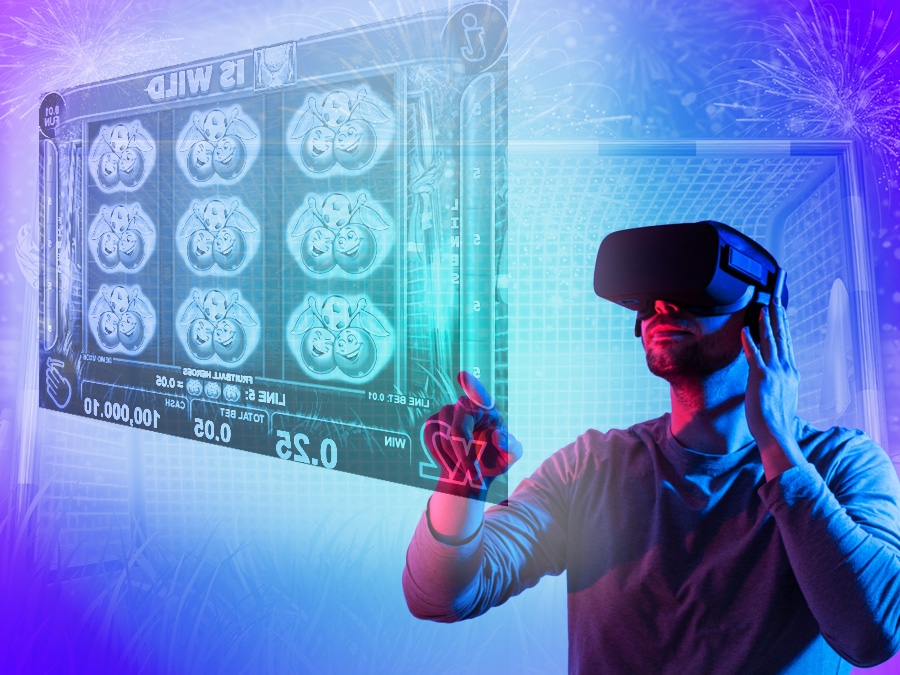Immersive Gaming Experience: The Rise of AR/VR Integrations in the iGaming Industry

Integrating Augmented Reality (AR) and Virtual Reality (VR) technologies into the iGaming industry marks a significant shift in how people interact with online casinos. With a keen focus on enhancing the user experience, the adoption of AR and VR promises to reshape the online gambling landscape. In this article, we look into the implications of AR/VR, the potential benefits, and the challenges that lie ahead.
Firstly, we should understand the distinct roles that AR and VR play within the iGaming ecosystem. Augmented Reality integrates digital elements into the user's real-world environment, extending their current perception of reality. Virtual Reality creates an entirely immersive experience where users can interact within a simulated environment.
One of the primary benefits of integrating AR and VR into iGaming is the enhanced user experience.
VR has the power to transport users to a simulated casino, where they can engage in games as they would in a brick-and-mortar establishment. The immersive nature of VR allows users to experience the sights and sounds of a casino, interact with dealers and other players, and play games in real time. One key benefit surrounding this is that VR can enrich the user's gameplay and replicate social aspects historically limited to physical casinos.
AR can enhance mobile and web-based iGaming platforms by overlaying digital elements onto the real world. There is no doubt that this will be particularly beneficial for slot games and poker, where AR can provide a more interactive and visually engaging interface. Also, AR can provide instant information, such as odds and game statistics. Integrating AR/VR in iGaming can also lead to more personalized content, and by tracking user preferences and behaviors, gaming platforms can tailor the virtual environment and augmentations to suit individual tastes. All this is just the tip of the iceberg, and that’s the most exciting part for us.
But this is not as straightforward as some may think. Firstly, there is the issue of high initial investment. Developing high-quality AR and VR content requires significant resources, both in terms of capital and expertise. Ensuring compatibility across different devices and maintaining high performance is also technically challenging, so we expect a slow but exciting journey to reach the point where AR and VR truly take over.
One much-talked-about issue is hardware. Although VR technology is becoming more accessible, the average cost of VR headsets and compatible devices remains relatively high. Additionally, there are potential health concerns associated with the extended use of VR, including eye strain and motion sickness. In line with responsible gambling, the iGaming industry must address these issues to ensure safe and comfortable user experiences.
AR and VR technologies signal a new era in the iGaming industry by drastically enhancing user engagement and personalizing content. However, integrating these innovative technologies faces technical complexities, financial constraints, and even regulatory challenges. Success requires a balanced approach from forward-thinking stakeholders who can effectively navigate these challenges while tapping into AR/VR's immense potential.


